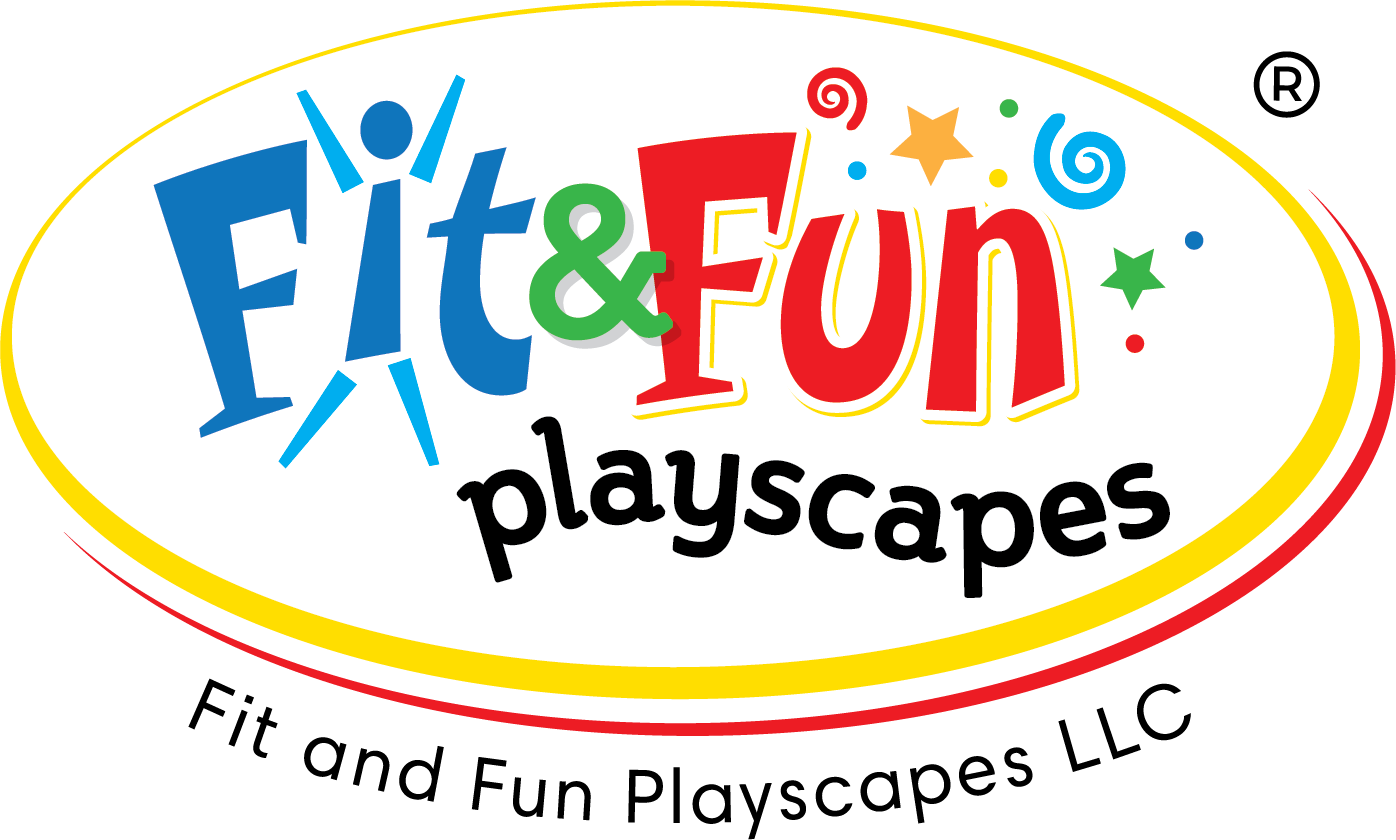Funding your Sensory Path and Room
We really want a sensory path and room – BUT, how can we get funding? You and your fellow teachers/staff have read the research, blogs and discussions and understand the need for a sensory pathway or sensory room in your school …. BUT you have been told by your administrator “Great idea but sorry we have no funding this year." Today’s blog is all about helping your team find the funding you need to help your kids get moving and be great learners!
The idea of writing a grant can be overwhelming but with a little guidance, important “needs” data, and identifying the criteria for the application – a grant can be easy to write and achievable! Writing the grant to purchase a sensory path or build out a sensory room involves clearly articulating the need for what you hope to accomplish, describing its benefits, and outlining a detailed budget. Here's a step-by-step guide to help you write an effective grant proposal that you can use for sensory pathways or sensory rooms:
1) Identify and Research Potential Funding Sources🔍:
Look for organizations, foundations, or government agencies that provide grants for educational or special needs programs. Focus on those that support initiatives related to sensory integration, special education, or inclusive learning environments.
2) Develop a Detailed Budget📈:
Create a comprehensive budget that outlines all the expenses associated with purchasing and installing the sensory pathway. Include the cost of materials, installation, any necessary training, and maintenance. Break down the budget into categories, such as equipment, labor, and ongoing maintenance costs. If applicable, mention any additional funding or in-kind contributions you have secured or plan to secure to support the project.
3) Understand the Request for Proposal (RFP) Grant Requirements🛠️:
Read and familiarize yourself with the RFP (Request for Proposal) requirements, timeline and guidelines, eligibility criteria, and specific requirements of the grant for which you intend to make application. Ensure that your project aligns with the objectives and funding priorities.
4) Justify the Need and/or Write an Executive Summary📝:
Begin with a concise summary that highlights the purpose of your project, the need for a sensory pathway, and the anticipated outcomes. Clearly articulate why your organization or target population needs a sensory path. Provide evidence-based research, data, or testimonials that demonstrate the positive impact of sensory pathways/ rooms on cognitive development, emotional regulation, sensory integration, or other relevant areas. Clearly state the amount of funding you are requesting.
5) Provide a Detailed Project Description✍️:
- Explain the need for a sensory pathway/ room and how it will benefit the target population, such as students with special needs or those who require sensory stimulation.
- Describe the pathway's design and how it will be integrated into the existing educational environment.
- Emphasize the positive impact the sensory pathway /room will have on the students' cognitive, emotional, and physical development, as well as their overall well-being.
6) Establish Goals and Objectives🎯:
Clearly state the goals and objectives of the project, ensuring they are measurable and achievable. For example, objectives could include improving sensory regulation skills, enhancing concentration, or promoting emotional self-regulation.
7) Describe Evaluation and Sustainability🔩:
- Explain how you will assess the effectiveness and impact of the sensory pathway or room. Outline the evaluation methods and tools you will use to measure the outcomes and success of the project.
- Discuss plans for sustaining the sensory pathway/ room beyond the grant period, including any strategies for maintenance, future funding, or community involvement.
8) Include Any Supporting Documents📚:
Attach any supporting documents that strengthen your proposal, such as letters of support from administrators, parents, or community members who endorse the project. Include relevant research articles or data that support the benefits of sensory pathways and rooms.
9) Review and Revise🔁:
Proofread and edit your proposal for clarity, coherence, and grammar. Ensure that all the necessary information is included and presented in a persuasive manner.
10) Submit the Grant Proposal😁:
Follow the submission instructions provided by the grant funder. Pay attention to deadlines and any specific formatting requirements. Keep a copy of the proposal for your records. Remember to tailor your proposal to the specific grant you are applying for, highlighting how your project aligns with the funder's priorities and objectives.
11) Keep Your Fingers Crossed🙏:
With any grant application it is part of a competition. By following this guide, you will be competitive as the next person. If your project is NOT funded – be sure to ask for the reviewer comments to learn what you can do better with your next application. Eventually you will hit funding. Be patient and do not lose hope! Goodluck with your grant application!
Funding Ideas To Help Get You Started
When searching for funding sources, begin locally. Often the best sources of funds are those that can impact children locally. Research local groups to include Kiwanis Clubs, Veterans Groups, and Associations. Local foundations can also be a great source. Be sure to look at the funding priorities for the application and be sure you stay within budget.
Click here or visit the link below to receive a full listing of potential funding agencies! Consider signing up for a free consultation to discuss your grant ideas and application too!





Leave a comment